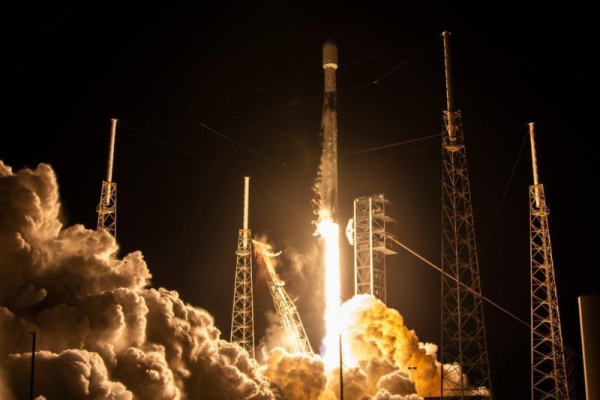This month we’ll be treated to not just one, but two meteor showers, as well as an annular solar eclipse and the winter solstice
-
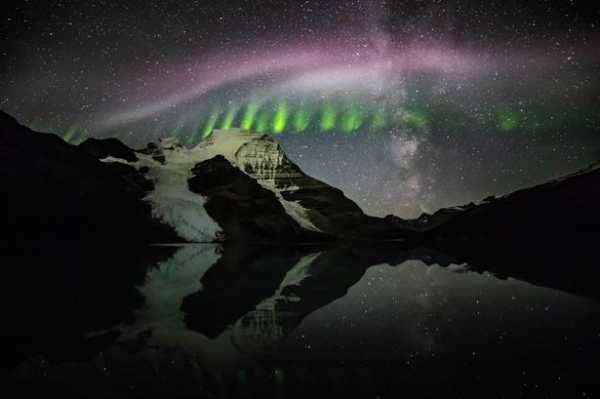
Mysterious purple and green lights dubbed 'Steve' seen in stunning ESA photos
-
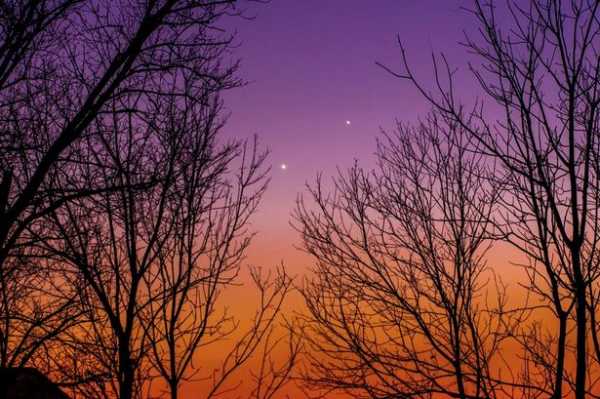
Venus and Jupiter will be visible in the sky tonight – here's how to see them
-
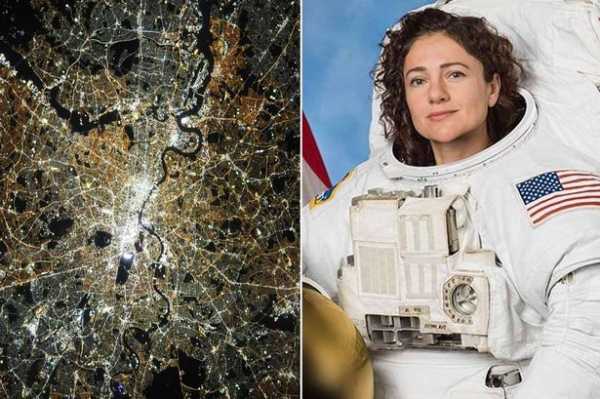
NASA astronaut snaps stunning photo of London from the International Space Station
-

Welcome to Moontopia! Scientist predicts what cities will look like on the moon
If you’re a fan of stargazing, you’ll be happy to hear that there are several astronomical events lined up for December.
This month we’ll be treated to not just one, but two meteor showers, as well as an annular solar eclipse.
We’ll also welcome the official start of winter with the December Solstice, which is taking place on December 22 this year.
Best of all, most of the astronomical events this month will be visible with the naked eye, so there’s no need to fork out on expensive equipment to get involved!
Here’s everything you need to know about December’s astronomical events, including when they are and how to see them.
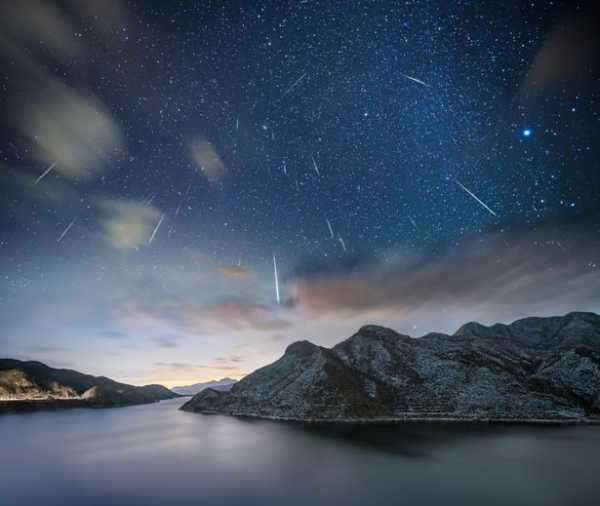
December 12 – Full Cold Moon
The astronomical events will kick off on December 12, when a Full Cold Moon will appear in the sky.
This phenomenon takes place when the Moon is located on the opposite side of the Earth as the Sun, meaning its face is fully illuminated.

This particular full moon was known by early Native American tribes as the Full Cold Moon, because it takes place at the time of year when the cold winter air settles in and the nights become long and dark.
December 13-14 – Geminids Meteor Shower
If you’ve always dreamed of seeing a shooting star, you’ll be happy to hear that you’ll have two opportunities this month.
The Geminids Meteor Shower is often referred to as the ‘King of Meteor Showers’, and will peak on the evening of December 13.
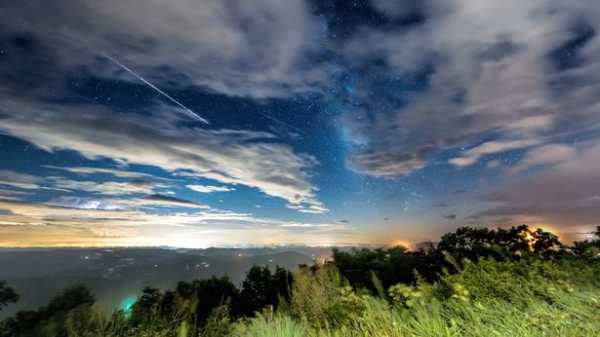
During the peak, there can be up to 120 multicolour meteors per hour, so there’s a pretty good chance you’ll see one!
For your best chance of seeing one, try to head to an area with little light pollution such as the countryside.
December 21 – Ursids Meteor Shower
If you miss the Geminids, thankfully you’l have another chance to see shooting stars in December, thanks to the Ursids Meteor Shower.
This shower will peak on the evening of December 21, at which point there will be around 5-10 meteors per hour.
While the meteors will radiate from the constellation Ursa Minor, they can appear anywhere in the sky – so keep your eyes peeled!
December 22 – December Solstice
We’ll officially welcome winter in on December 22, thanks to the December Solstice.
On this day, the South Pole of the Earth will be tilted towards the Sun, which will have reached its most southernmost position in the sky.
For those of us in the Northern Hemisphere, this is the first day of winter, while for those in the Southern Hemisphere, it’s the first day of summer.
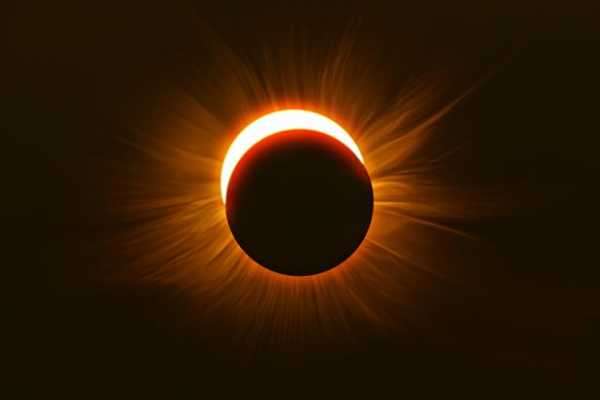
December 26 – Annular Solar Eclipse
The final astronomical event of the year is an annular solar eclipse, which will take place on December 26.
An annular solar eclipse occurs when the Moon is too far away from Earth to completely cover the Sun. This means a ring of light will appear around the darkened Moon.
Unfortunately for us Brits, the event will not be visible from the UK, and will only be seen from southeast Asia and parts of the Indian Ocean.
Sourse: www.mirror.co.uk



